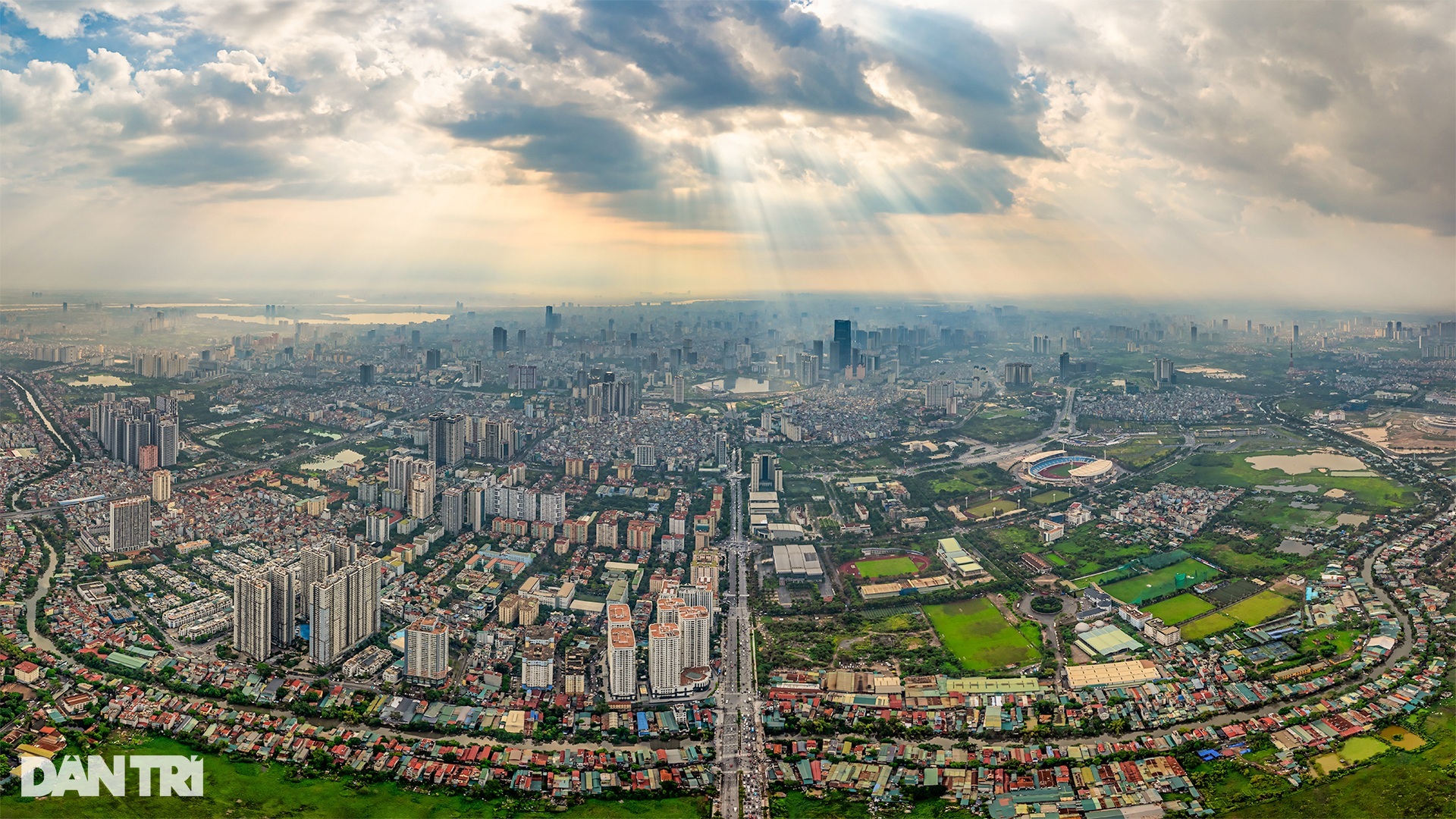
The economy in 2024 achieved a growth rate of 7.09%, exceeding the target of 6-6.5% set in the 2024 socio-economic development plan and Resolution 01/NQ-CP of the Government. This result is an important premise for completing the targets set for this year.
Specifically, the economic growth target set by the Government for this year is 8% in the context of the world economy being forecast to gradually return to growth trajectory, the recovery trend is clearer but uneven among countries.
Advantages and challenges in the new year
Organizations such as the OECD, IMF and EU believe that global GDP in 2025 will grow slightly or stably at 3.2-3.3%. However, the global economy still faces many risks and challenges such as geopolitical conflicts and tensions, weak global supply chains due to geopolitical instability, supply shortages, inflation that is cooling but still high, the risk of rising interest rates and exchange rate fluctuations.
In addition, the new economic policies of the US President Donald Trump administration are expected to have a deeper impact on the world economic situation in general and many countries, including Vietnam.
For Vietnam, most international organizations such as the WB, ADB, OECD and IMF forecast this year's growth at 6.1% to 6.6%.
According to the General Statistics Office, domestically, Vietnam's economy is expected to continue to maintain positive growth momentum, but will face mixed advantages, difficulties and challenges.
Regarding some advantages for Vietnam's economy this year, the statistics agency said that from the production perspective, the agriculture, forestry and fishery sector is showing a clear growth trend thanks to export momentum, strong application of science and technology and opportunities from FTA agreements.
The industrial sector is forecast to maintain a growth rate of 7-9%, with the main driving force being exports, public investment and technological transformation. The service sector also tends to grow well thanks to the recovery of tourism activities and import and export of goods and services.
In addition, the policy institutions and business environment are being urgently improved and synchronized. Opportunities to expand the market, participate more deeply in the global supply chain and attract investment when Vietnam actively participates in free trade agreements (FTAs).
At the same time, investment in infrastructure and high-tech industry is being strongly oriented and promoted. The digital transformation and technology process is being strongly deployed in both the State apparatus and economic units, creating new momentum for development.
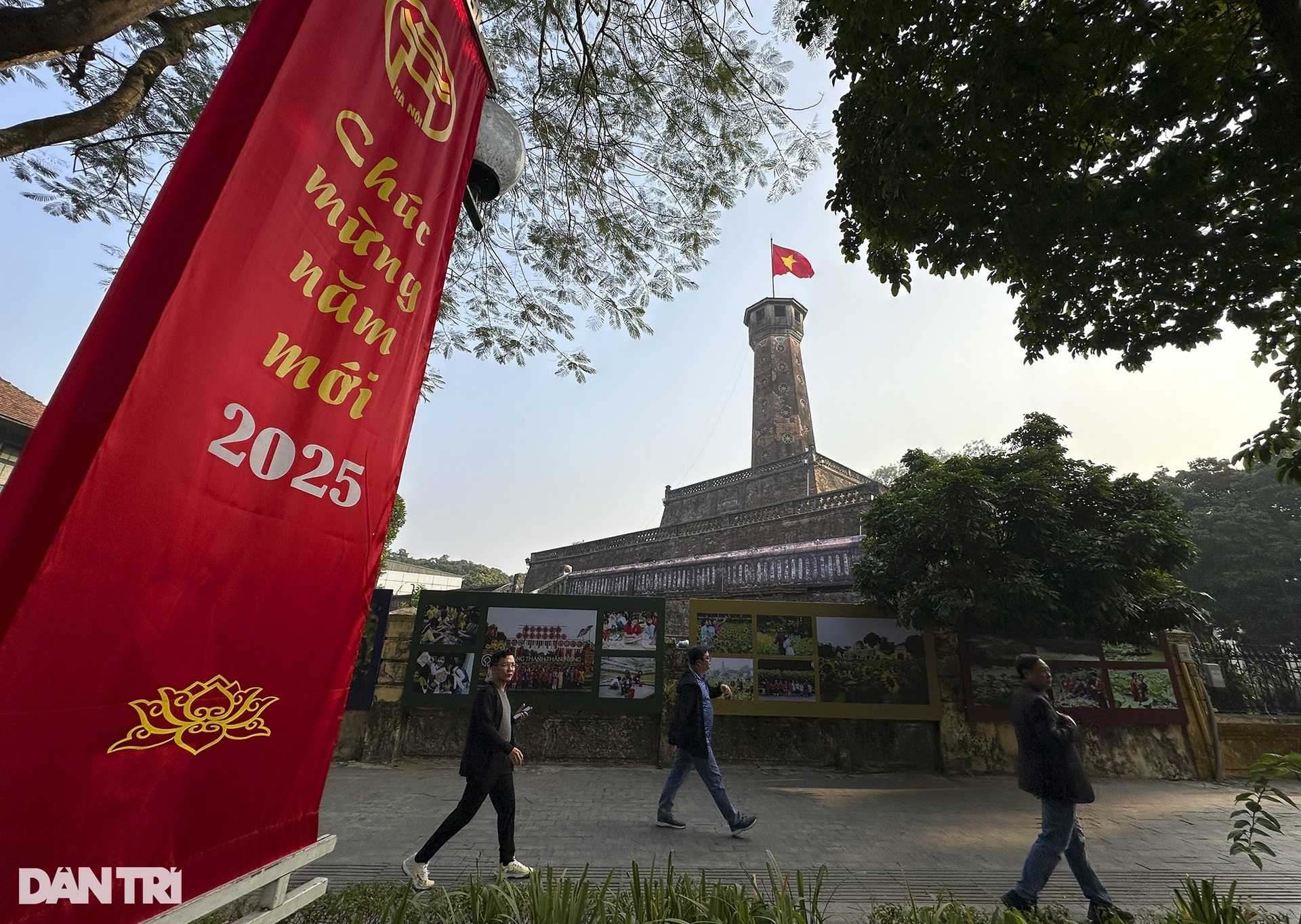 Image of Hanoi on the first day of the new year (Photo: Huu Nghi).
Image of Hanoi on the first day of the new year (Photo: Huu Nghi).
Regarding the difficulties and challenges to be faced, the General Statistics Office assessed that the risks and challenges of the global economy and relations with the US and China will impact Vietnam at both the macro and micro levels. According to the statistics agency, the legal system is being improved but slowly and many policies are still unstable, overlapping and stepping on each other. Traditional motivations have not been renewed, investment bottlenecks are being identified and addressed but the efficiency is not high.
On the other hand, cheap labor is no longer a national advantage; skilled labor to keep up with modern technology is still lacking, the labor force is not uniform, and there is a lack of high-quality labor. The economy's ability to absorb capital is still weak, especially for domestic enterprises; the capital market and stock market have not yet developed commensurate with their potential.
Factors that create momentum for economic growth
According to the General Statistics Office, the world economy is gradually stabilizing as global trade in goods improves, inflationary pressures gradually decrease, financial market conditions continue to loosen, and the labor market recovers positively. These factors will create positive conditions for world economic growth in 2025, thereby positively affecting the economies of countries around the world, including Vietnam.
At the same time, the world economy is currently undergoing a transition between liberalization and protectionism, between multilateralism and bilateralism, especially in the context of unpredictable geopolitical developments. Innovation, increased application of science and technology and environmental protection are becoming inevitable trends for global development.
In this context, countries, including Vietnam, always focus on adjusting strategies and policies to deeply participate in the global value chain, improve export position, exploit trade advantages and foreign investment flows for economic development.
The Government and the Prime Minister have focused on implementing solutions for socio-economic development, promoting economic growth, maintaining macroeconomic stability, controlling inflation, and ensuring major balances.
The executive agency has dialogued with the domestic and foreign business community to receive and discuss issues and problems with production and business activities, including the credit market and real estate market.
Since then, the Government has issued important instructions and messages on ensuring major balances and sufficient electricity supply for the country's production and consumption. Policy communication work has been carried out regularly, actively and effectively, thereby helping to strengthen the trust of the business community and people in the Government's socio-economic development solutions.
The trend of shifting global supply chains is creating great opportunities for Vietnam to attract foreign investment in the industrial sector, especially in the processing, manufacturing and high-tech industries.
Digital economy, digital transformation and innovation are identified as new growth drivers, the foundation for increasing productivity and efficiency of the economy. The statistics agency assessed that developing the semiconductor industry is a strategic goal, not only a driving force for the development of other industries such as e-commerce, manufacturing, logistics, but also a fundamental factor for the development of the digital economy and digital society in Vietnam.
Taking advantage of FTA agreements helps Vietnam expand its export markets for key and advantageous products to European, Japanese, North American, and Halal markets; deeply participate and enhance its position in the world supply chain.
Public investment is being strongly implemented. 2025 is the final year of the 2021-2025 medium-term public investment plan, with a record public investment level of up to VND 791,000 billion (equivalent to 6.4% of GDP) approved by the National Assembly.
The Government has clearly stated that the 2025 public investment plan will continue to have many innovations, in which priority investment will be focused on important and key sectors and fields of the economy, and capital will be allocated to important national and key transport projects that have spillover effects and promote socio-economic development...
The government is determined to implement major programs and projects such as the North-South high-speed railway, nuclear power, and attract "eagles" in the technology sector. These programs will have a profound impact on the economy. Enterprises in the fields of infrastructure construction, construction materials such as steel, cement, asphalt, logistics, civil real estate, and industrial production activities are expected to benefit from public investment projects.
 Nguyen Hue Flower Street (HCMC) Tet At Ty 2025 is crowded on the first morning of the new year (Photo: Nam Anh).
Nguyen Hue Flower Street (HCMC) Tet At Ty 2025 is crowded on the first morning of the new year (Photo: Nam Anh).
According to the statistics agency's observations, looking back at the country's development period over the past 40 years, since the start of economic reform in 1986, there was a long period of 5 years from 1992-1996 when Vietnam's economic growth was very high, averaging 8.8%/year. During these years, the country gradually escaped from the state of stagnation and prolonged recession and rebounded rapidly due to breakthroughs in thinking, untying production activities, transforming from a centrally planned economy to a market economy and starting to step out into the world.
Since 2011, only in 2022 did Vietnam's economic growth reach 8.54% due to low growth in 2021 and the severe impact of the Covid-19 pandemic (in 2021, GDP increased by 2.55%).
Thus, in the context of the world economic forecast, the developments and internal strength of the Vietnamese economy in recent years, the 8% growth target set by the Government is very challenging, requiring a lot of efforts and strong changes in institutions and policies; breakthroughs in economic structure, investment effectiveness and efficiency; good exploitation of internal potential and making the most of opportunities from economic integration...
Some solutions to achieve growth targets
The National Statistical Office has proposed five solutions to help the economy achieve its growth target this year.
One is to proactively and flexibly manage monetary policy, stabilize exchange rates and interest rates; control prices and markets; and ensure major balances of the economy.
Second, ministries, branches and localities promote the implementation and disbursement of public investment capital, quickly and effectively deploy large-scale investment tasks and projects, and increase the attraction of high-quality foreign investment capital.
In particular, it is necessary to attract strategic investors and multinational corporations to invest, set up headquarters and establish R&D centers in Vietnam.
Third is to promote consumption and focus on developing the domestic market.
Fourth, strengthen solutions to support businesses , especially small and medium-sized enterprises, to access preferential loans at reasonable interest rates; reduce and simplify regulations related to business activities; provide market information and legal support in international trade and investment.
The fifth is to promote and create breakthroughs for new growth drivers, promote the development of green economy, circular economy, e-commerce, and new business models. Enterprises need to be supported in accessing and applying artificial intelligence, digital transformation, green transformation, circulation, low carbon emissions, resource saving, sustainable development (ESG) ...; promote the export of green, environmentally friendly products.
Dantri.com.vn































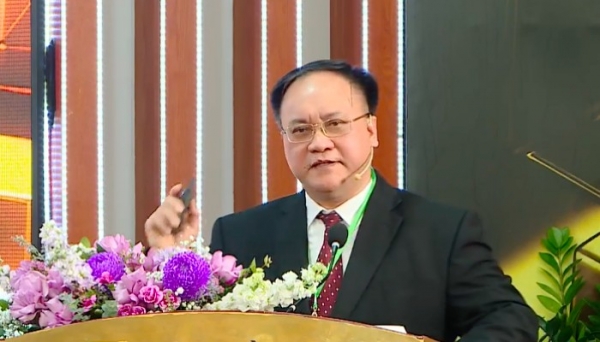

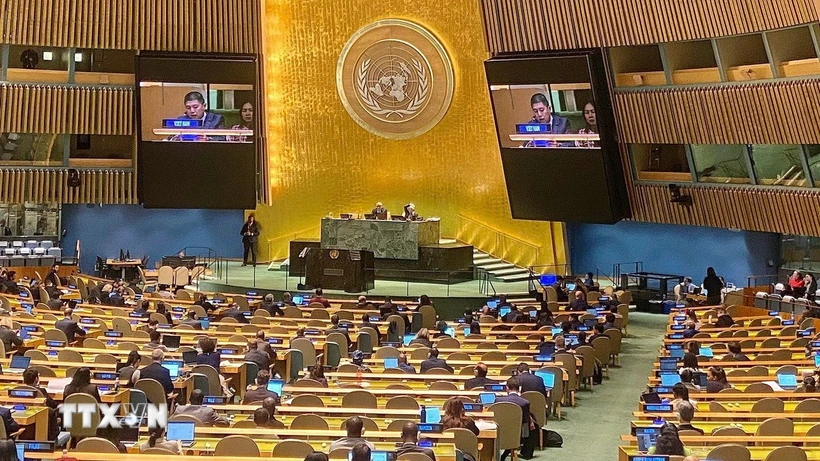



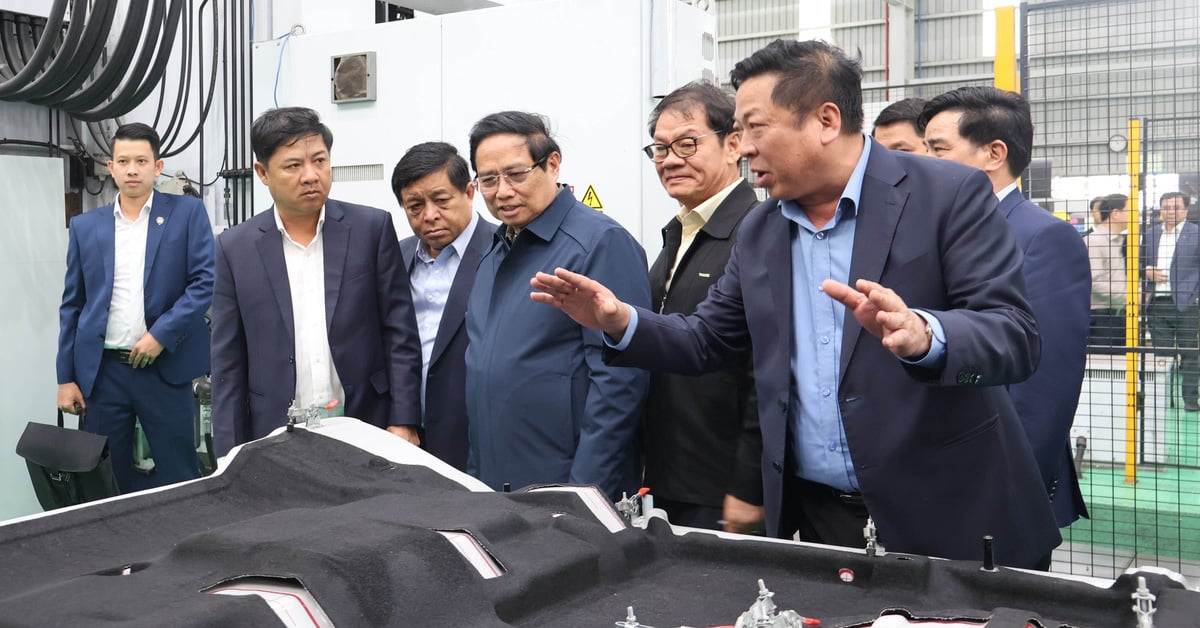


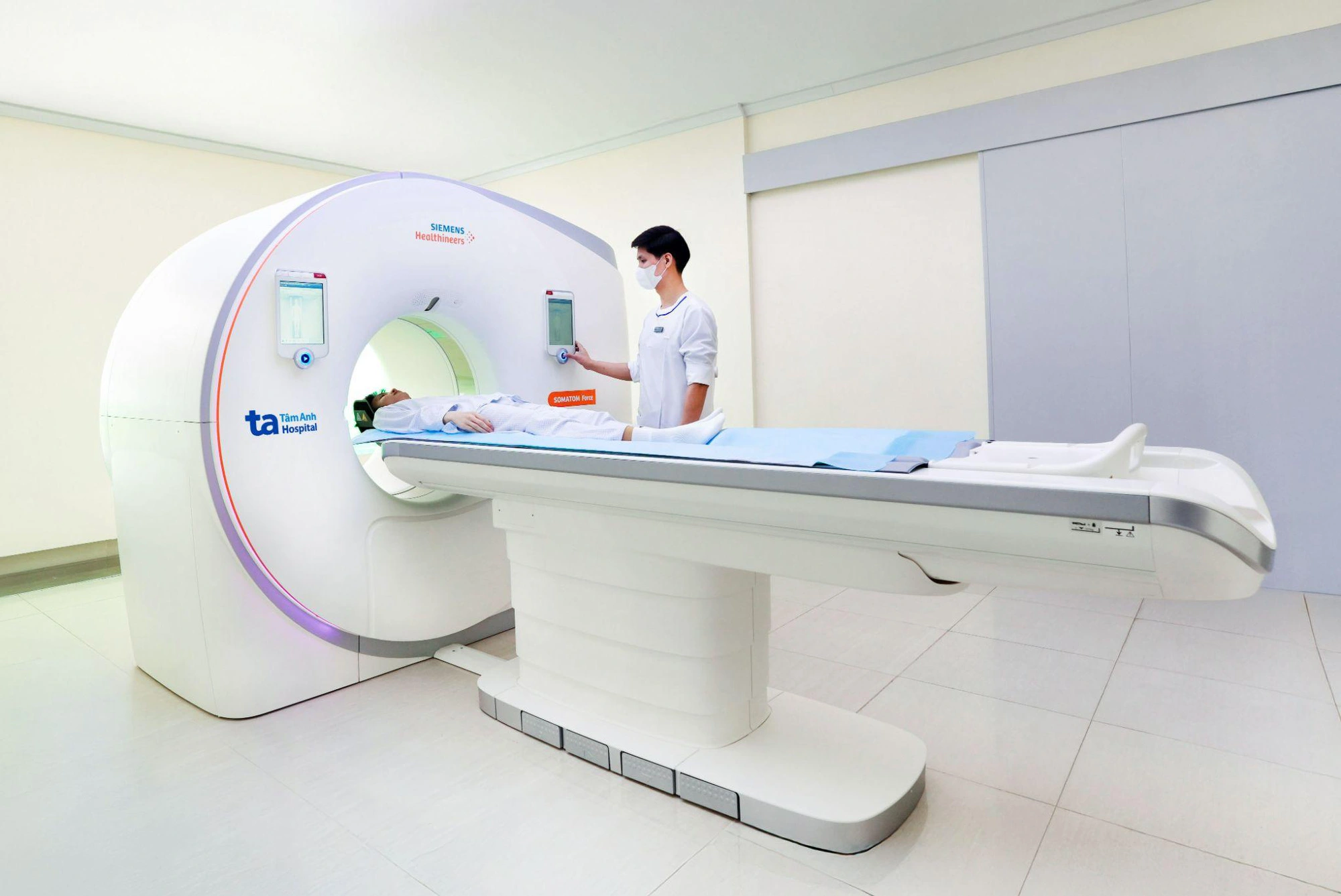






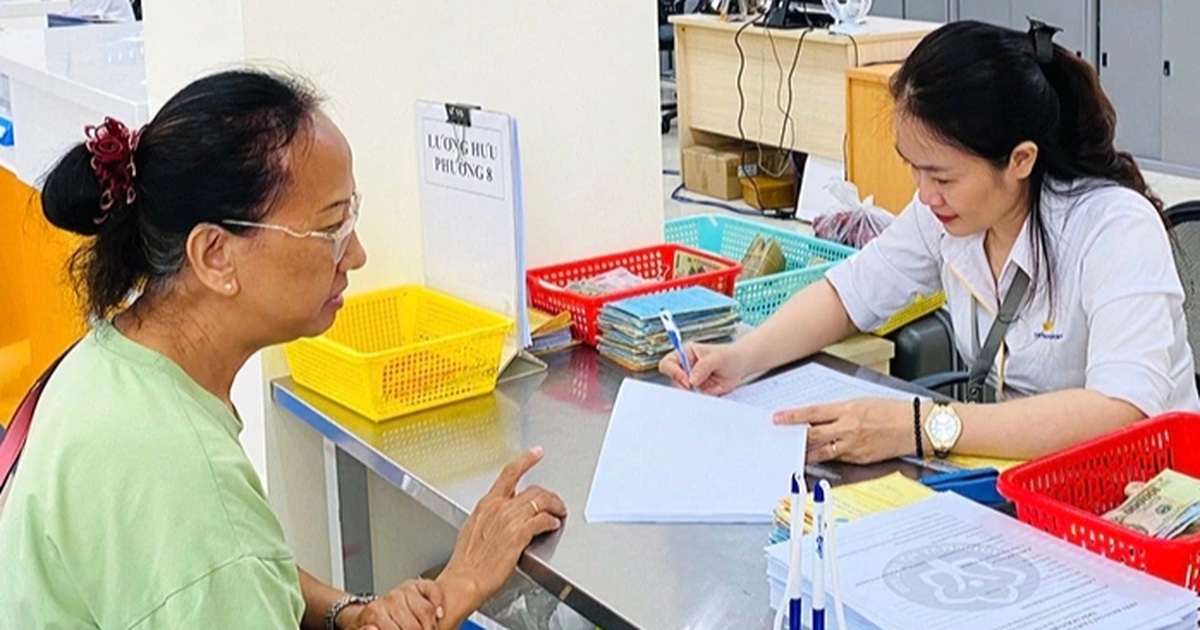













Comment (0)